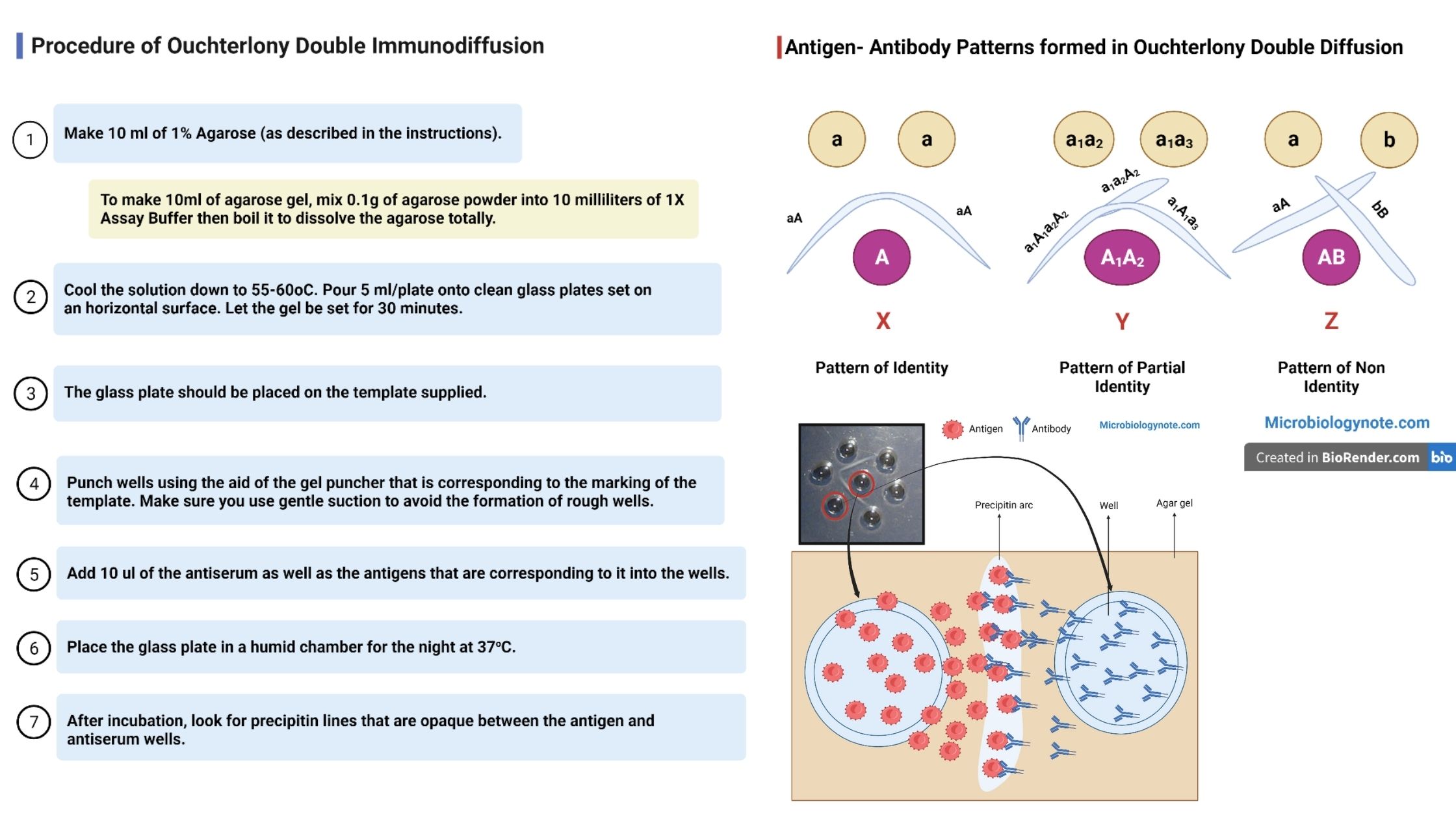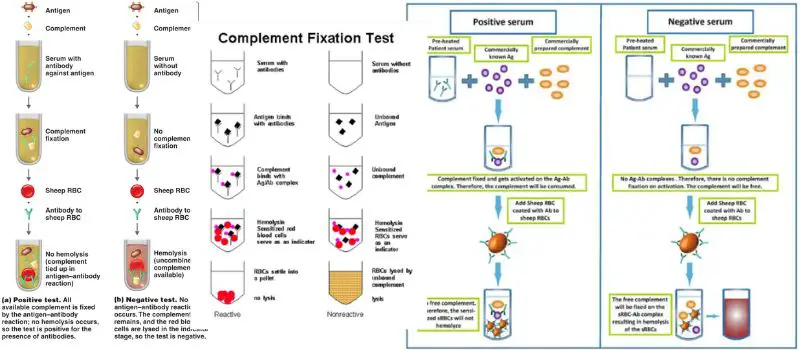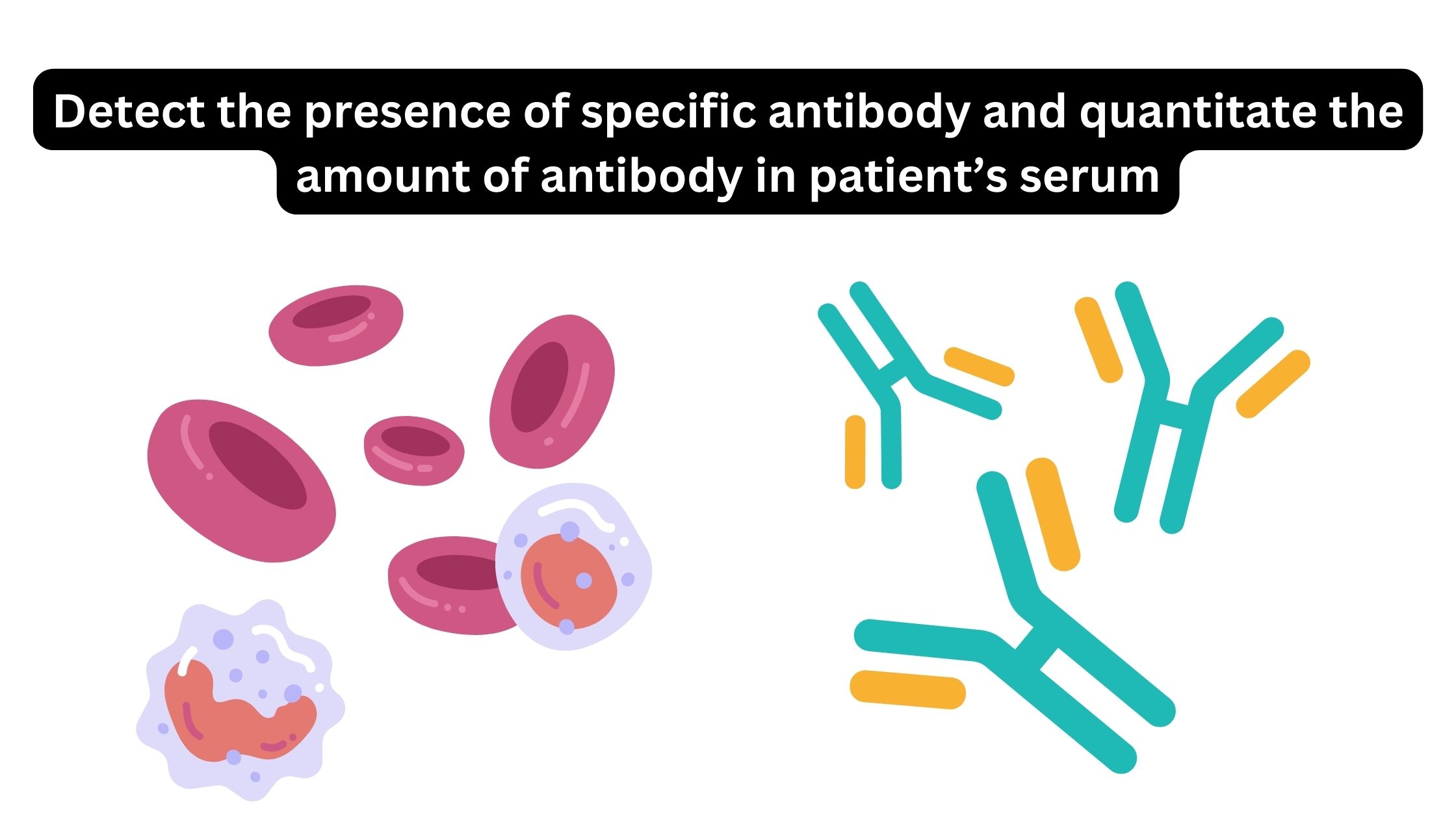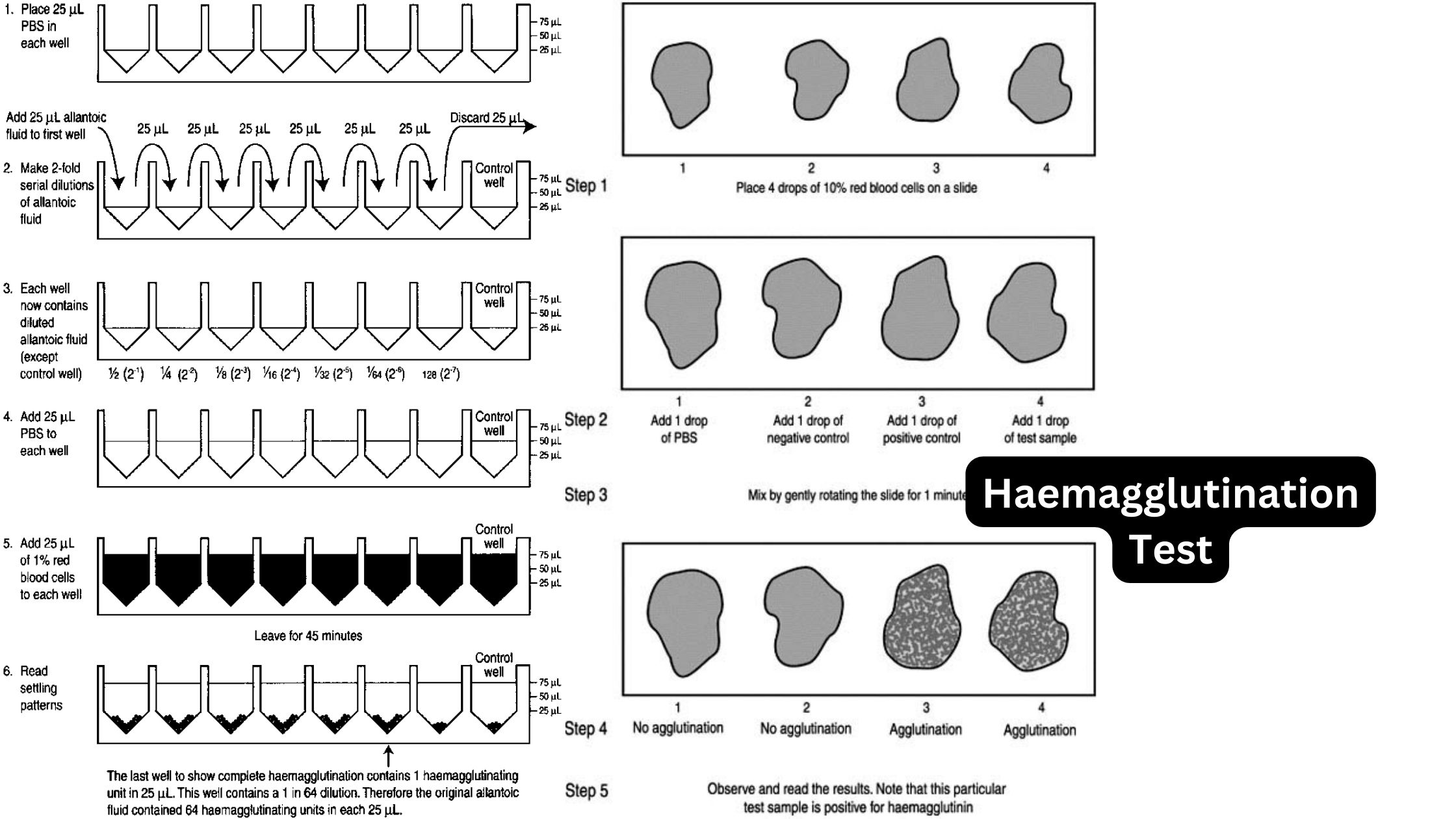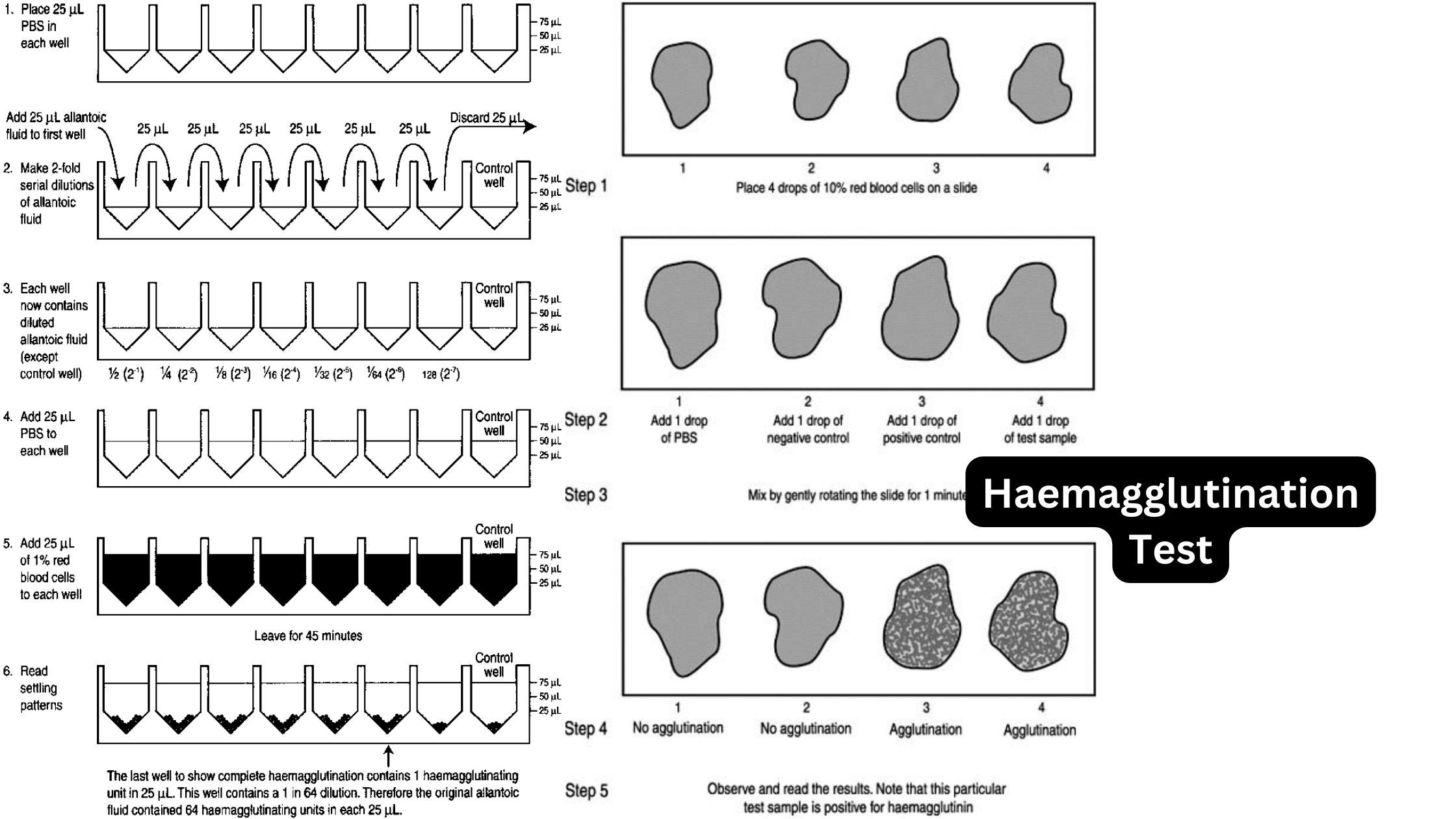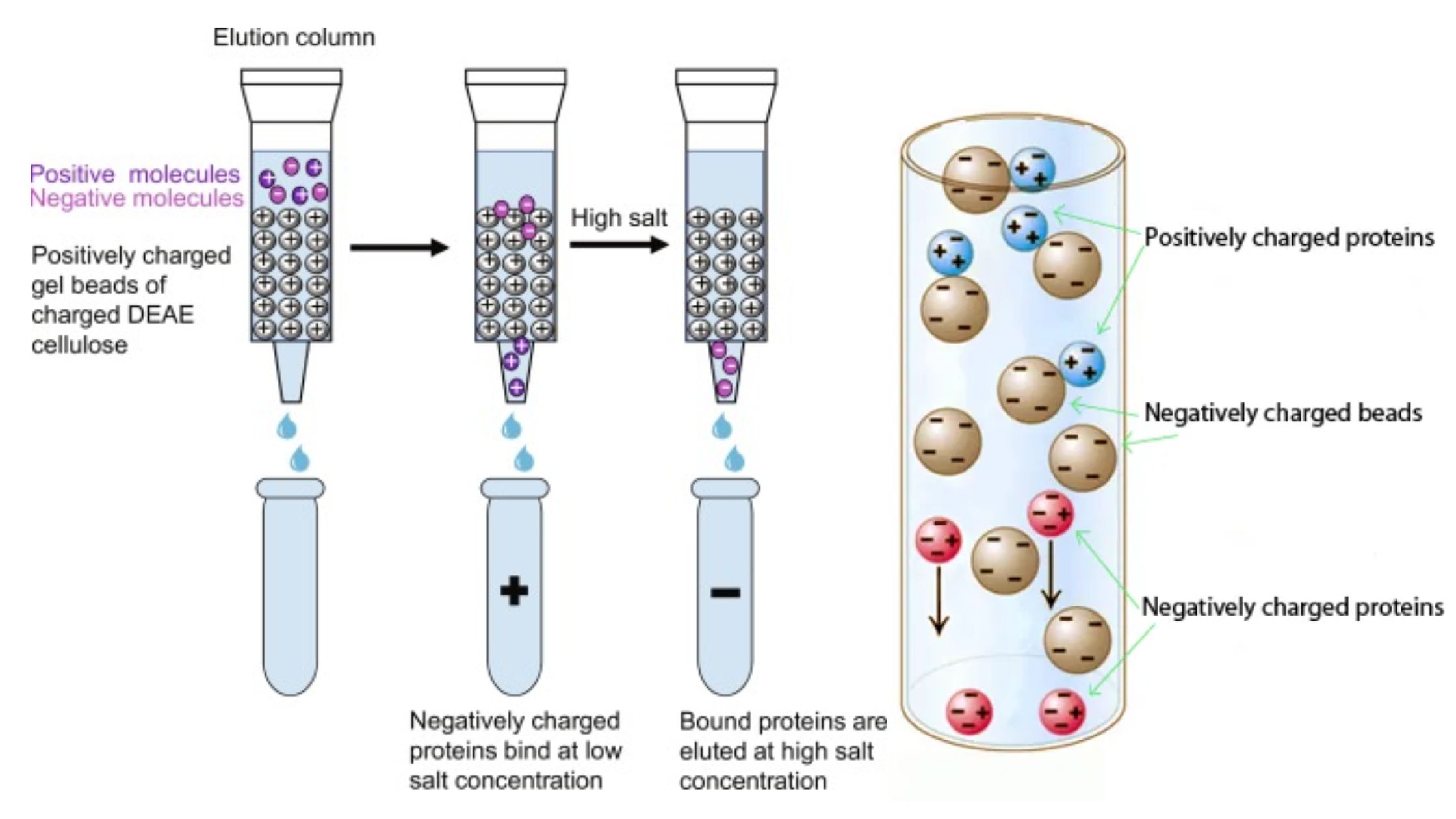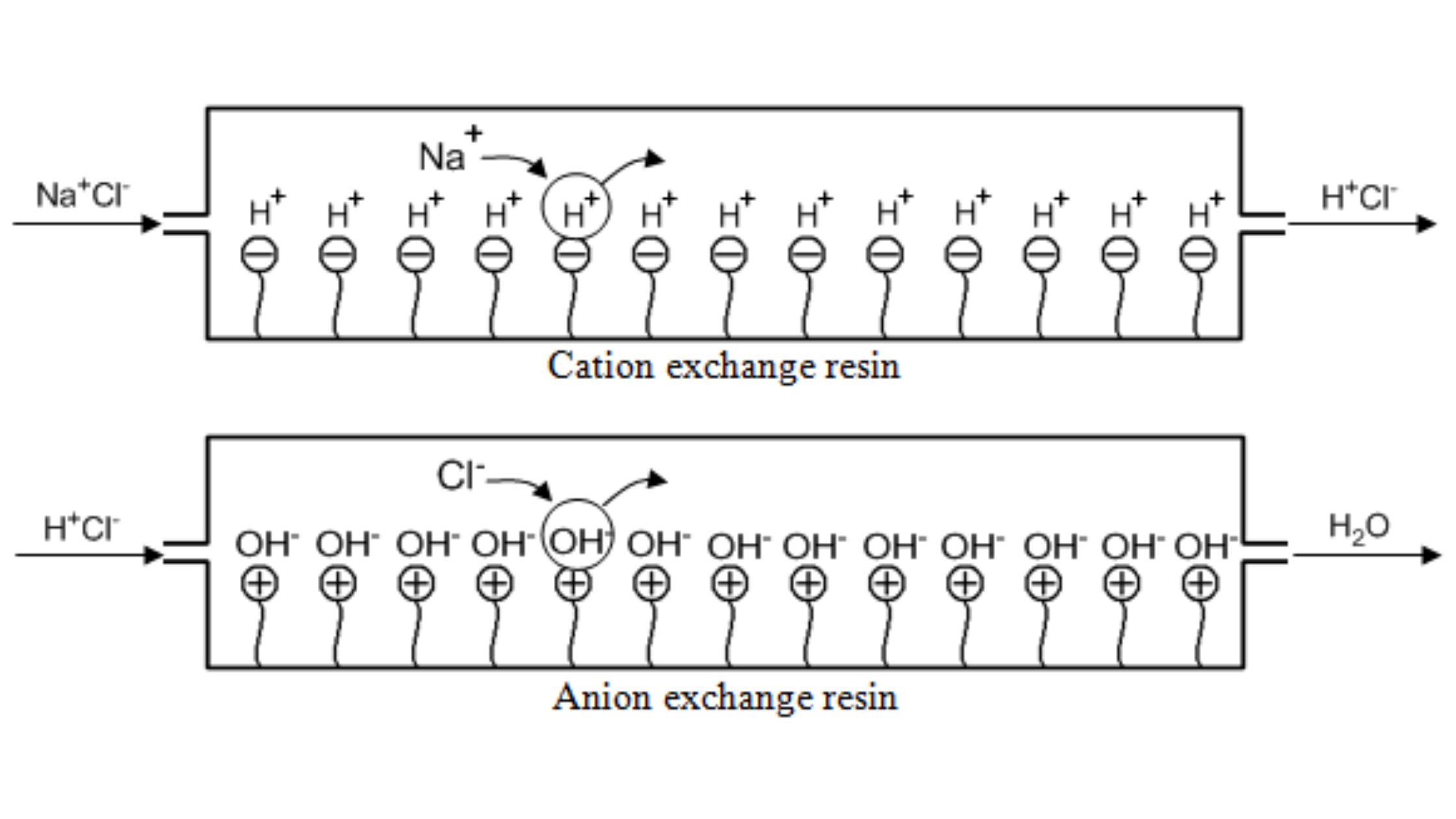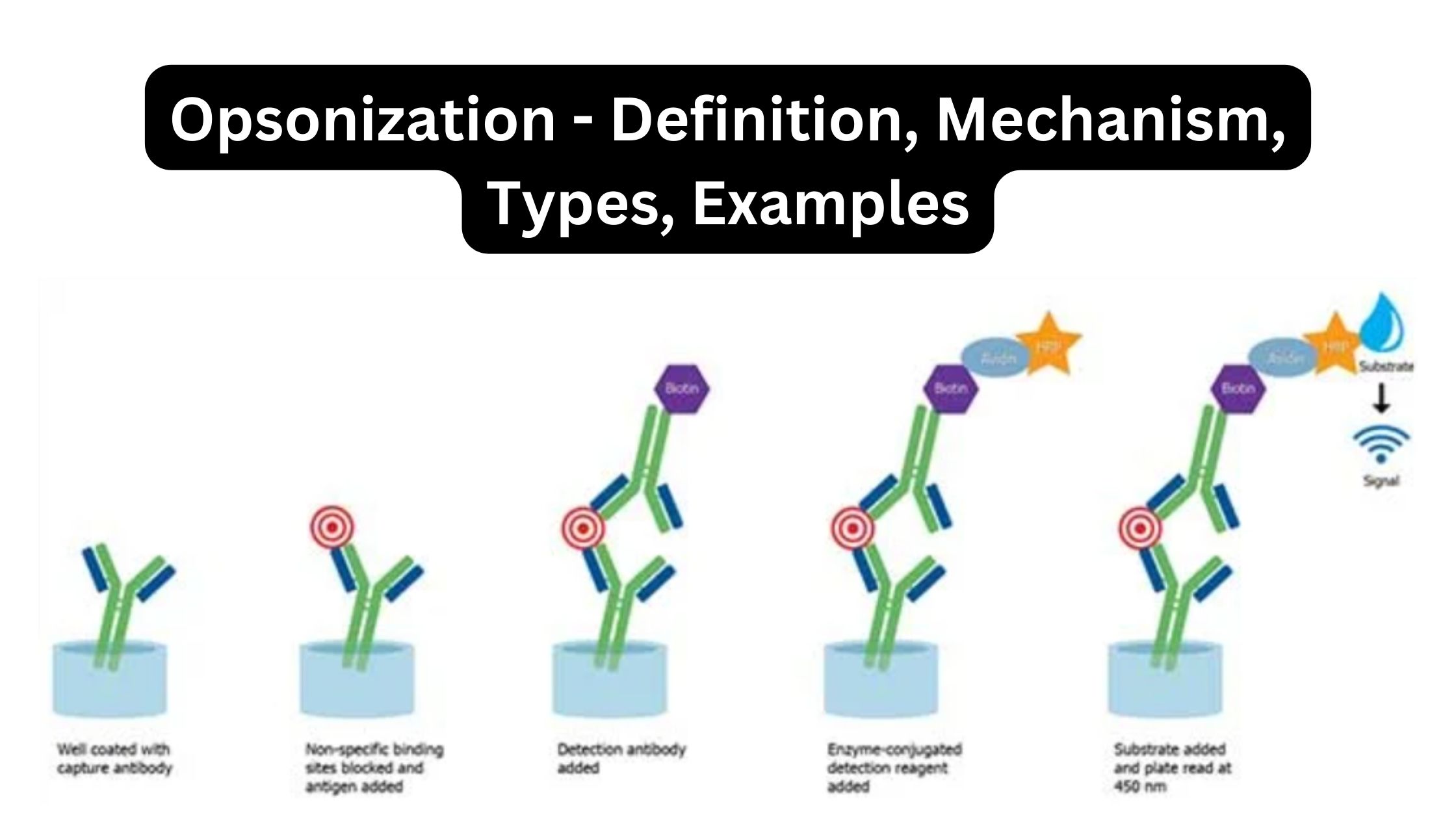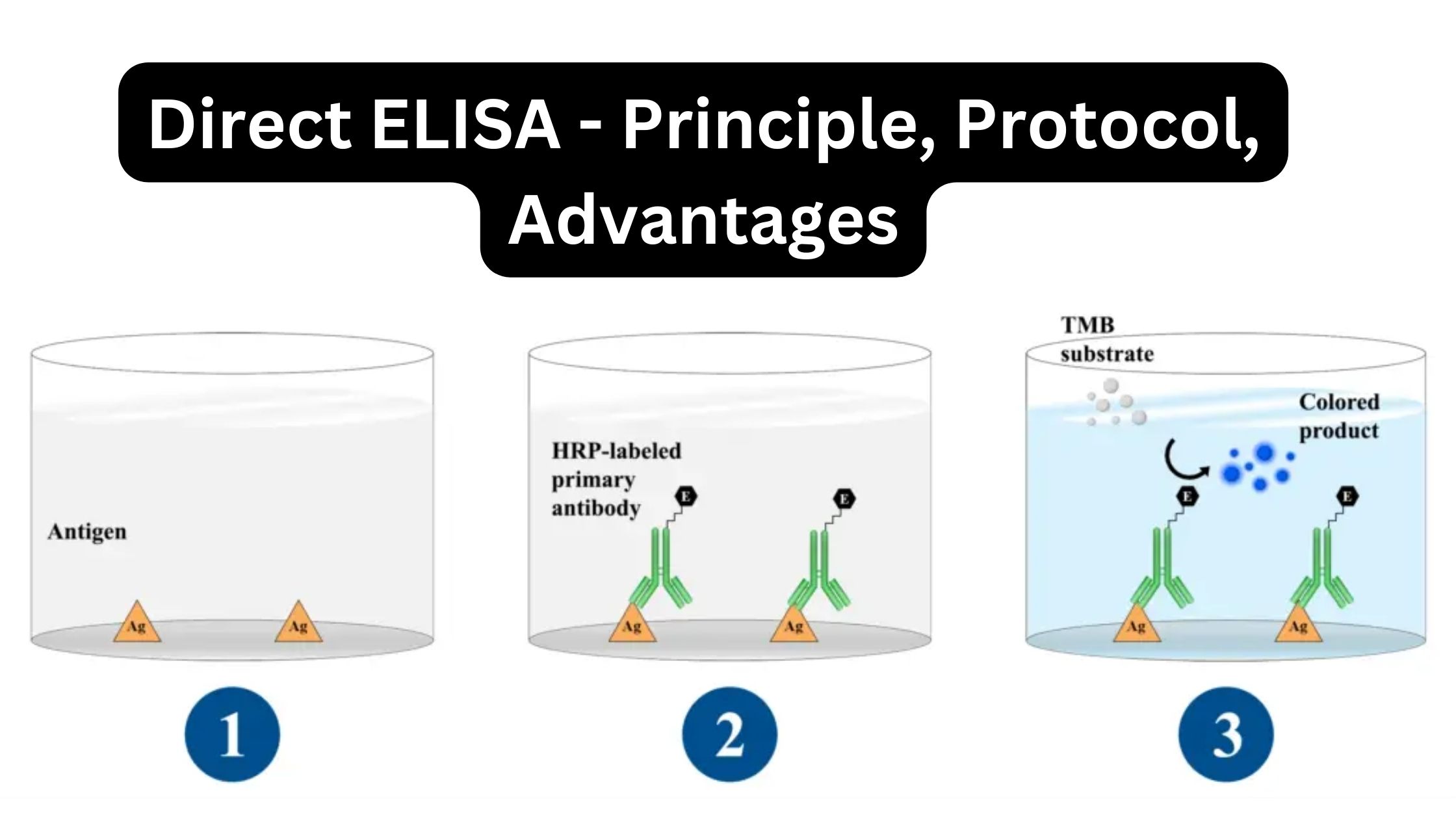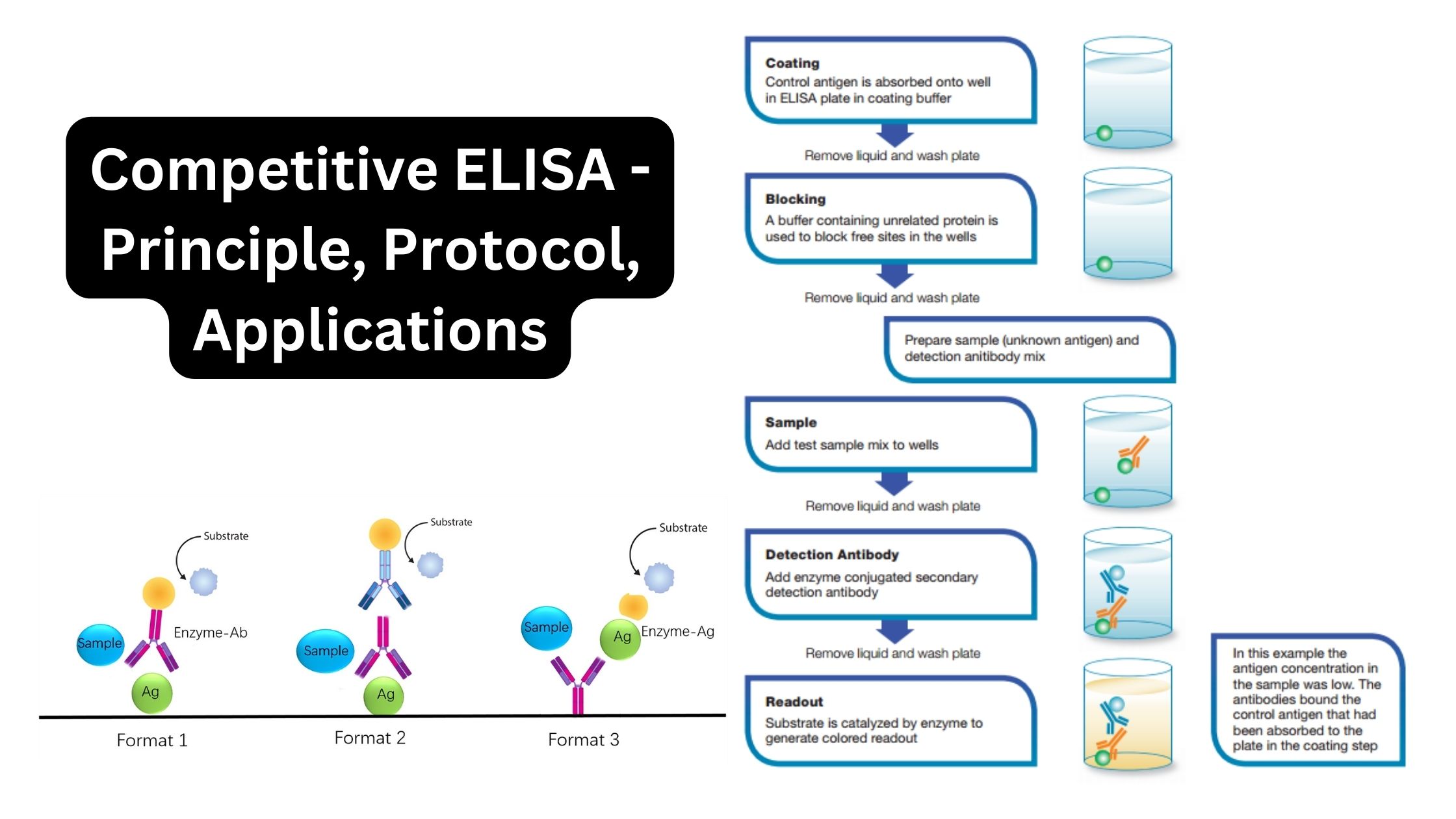Ouchterlony Double Immunodiffusion Method
Classification of Immunodiffusion The process of immuno-diffusion allows the determination or detection of antigens and antibodies through their precipitation that involves diffusion through a substance, such as gel agarose or agar. Simply, it denotes precipitation in a gel. It’s one of the many methods to create a precipitate from an antibody and a specific antigen. … Read more
